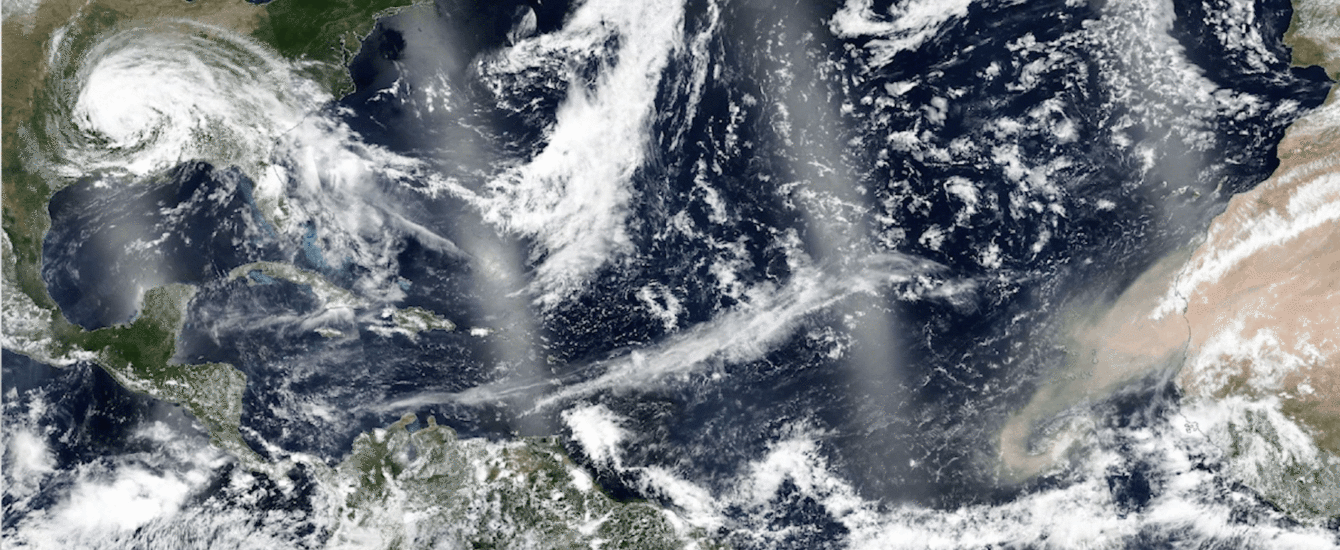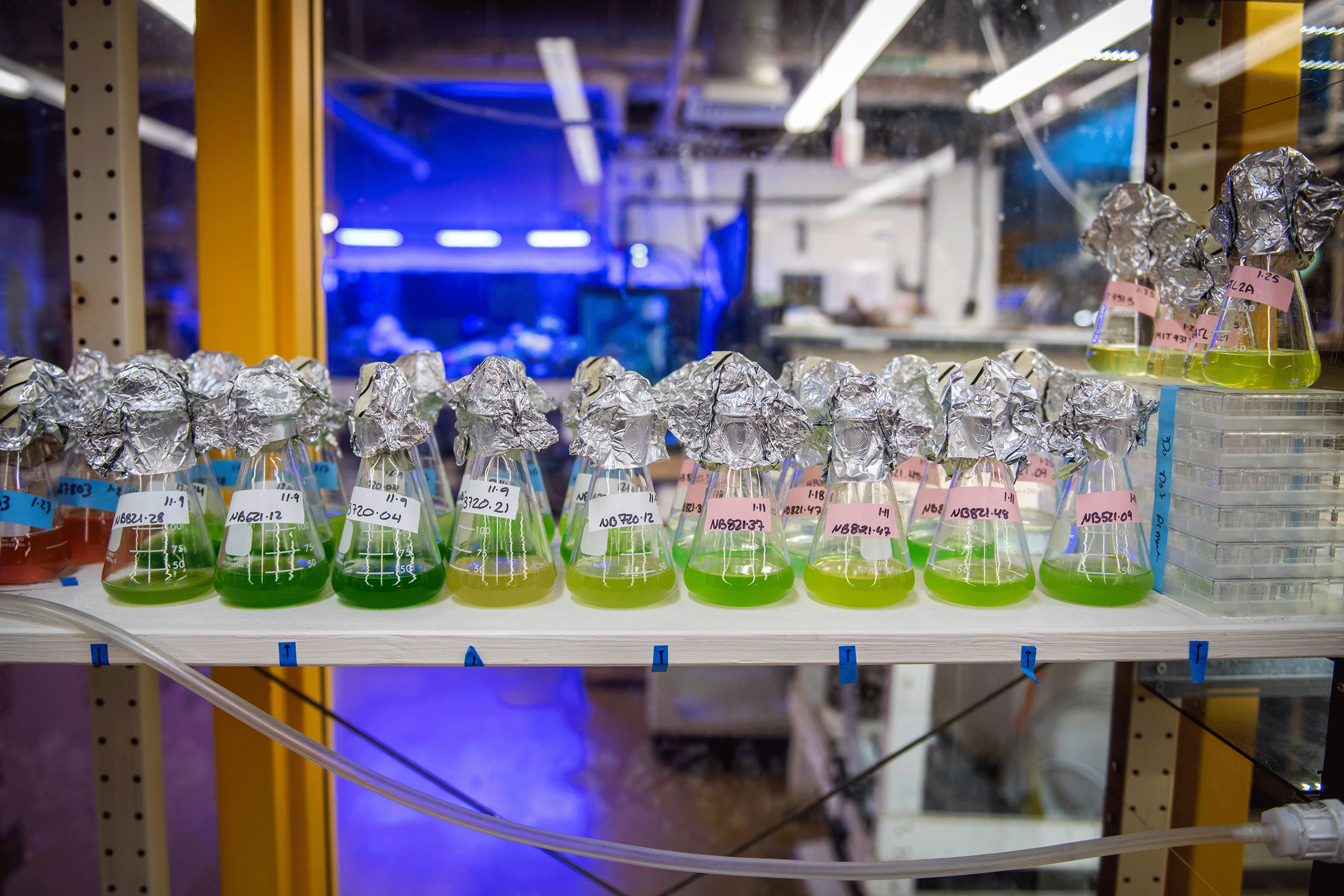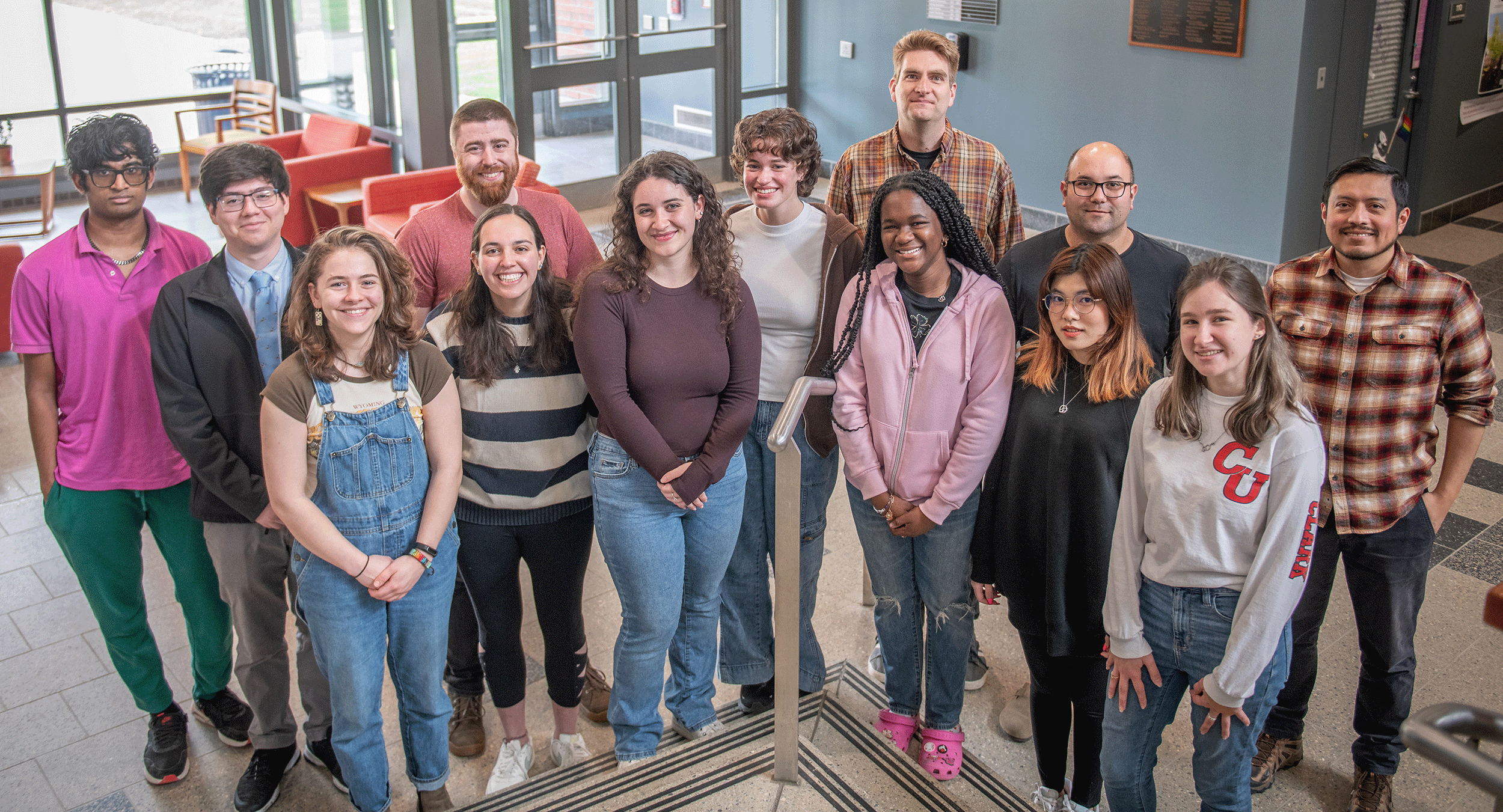
Biologist wins $1.56 million NSF CAREER grant to study how iron helps the world breathe
Biology Professor Nathan Ahlgren has won a five-year, $1.56 million National Science Foundation Early Career Development (NSF CAREER) grant to investigate how iron nourishes and shapes the adaptation of Synechococcus, one of the most abundant phytoplankton in the ocean and a key driver to the photosynthesis that generates as much as 15 percent of the oxygen we breathe.
Synechococcus is a type of marine cyanobacteria, formerly known as blue-green algae, that “form an important foundation of life in the oceans,” according to Ahlgren. At the bottom of the ocean’s food chain, “they produce organic material and oxygen, just like plants on land do.”
For more than two decades, the microbial ecologist’s research has focused on Synechococcus and its sister genus, Prochlorococcus, which together, as the most abundant marine cyanobacteria, carry out about 25 percent of the photosynthesis in the ocean. These cyanobacteria are incredibly important to sustaining life on earth, he explains, “because half of all photosynthesis occurs in the ocean.”

Yet, like all living things, cyanobacteria need iron to survive, Ahlgren says. For that important reason, scientists have focused on iron levels in the ocean, where phytoplankton play a crucial role in “controlling the amount of photosynthesis and flow of carbon dioxide on our planet,” he says.
In about 30 percent of the ocean, phytoplankton growth is limited by a lack of iron, a phenomenon that has been well studied, according to Ahlgren. Less studied is phytoplankton’s response to low, medium, or high iron levels in the rest of the ocean, he explains, and how the variability or stability of iron conditions affects phytoplankton populations, including Synechococcus.
“We hope to set the context for understanding what’s happening right now so we can start to make predictions for the future,” Ahlgren says. “If we know how iron conditions are going to change, and if iron is going to be more variable or more stable, then we might know how cyanobacteria could respond.”
“One classic example is the winds from the Sahara in Africa that blow dust into the Atlantic. When that happens, the phytoplankton are exposed to dust containing iron, and they just go wild. They bloom.”
During photosynthesis, phytoplankton remove carbon dioxide from the atmosphere — like forests on land, these microbial blooms sequester carbon, which is key to helping curb global warming.
Forecasting the future health of phytoplankton therefore contributes to scientists’ broader understanding of climate change, according to Ahlgren.
“Climate is always present in the background of our research,” he adds, “even if it’s not the direct focus.”
Scientists have studied the impacts of weather patterns that increase the amount of iron in the ocean, enriching the phytoplankton and leading to more carbon sequestration.
“One classic example is the winds from the Sahara in Africa that blow dust into the Atlantic,” he says. “When that happens, the phytoplankton are exposed to dust containing iron, and they just go wild. They bloom.”

Over the past several years, Ahlgren has investigated how cyanobacteria interact with their environment and with other organisms, especially the viruses that infect them. He has collaborated with marine virologist Marcie Marston of Roger Williams University, using water samples gathered over a decade from Narragansett Bay in Rhode Island. That study has been funded by $1.1 million in grants from the National Science Foundation (NSF).
For his new NSF CAREER grant, Ahlgren is partnering with the Woods Hole Oceanographic Institute; Duke University’s Marine Lab; and Roger Williams University to collect phytoplankton samples from a wide variety of ocean ecosystems. Shafer Belisle, a Ph.D. student working in Ahlgren’s lab, has conducted preliminary research for the project, collecting water samples from the Pacific.
The grant supports science education and inquiry for a wide variety of students and scholars, from fifth graders studying ecology at a local elementary school to Clark undergraduate and graduate students and a postdoctoral fellow. It also funds 10 undergraduate researchers over five years.
Ahlgren has involved students in his lab — and extended his research to include communities in Massachusetts — ever since he arrived at Clark in 2017.
In partnership with the city of Worcester, he has led efforts, alongside biology colleagues Philip Bergmann and Javier Tabima Restrepo and Clark undergraduates, to monitor the health of the city’s waterways and investigate the impact of urbanization on local aquatic ecosystems.
His students also worked with him to research freshwater microbial communities in Cape Cod’s kettle ponds and the health of Walden Pond, made famous by Henry David Thoreau.
“It’s important,” Ahlgren says, “for students to see how their research can connect to bigger things like helping to protect ecosystems.”
Image at top of story: “From space, we can see a swirling brown mass [at right in the satellite image] making its way across the Atlantic — dust from the Sahara Desert — the largest hot desert in the world. It’s a normal phenomenon. Every year, winds carry millions of tons of dust from North Africa, usually during spring and summer in the Northern Hemisphere,” according to NASA’s Goddard Space Flight Center, which provided the satellite photo.


